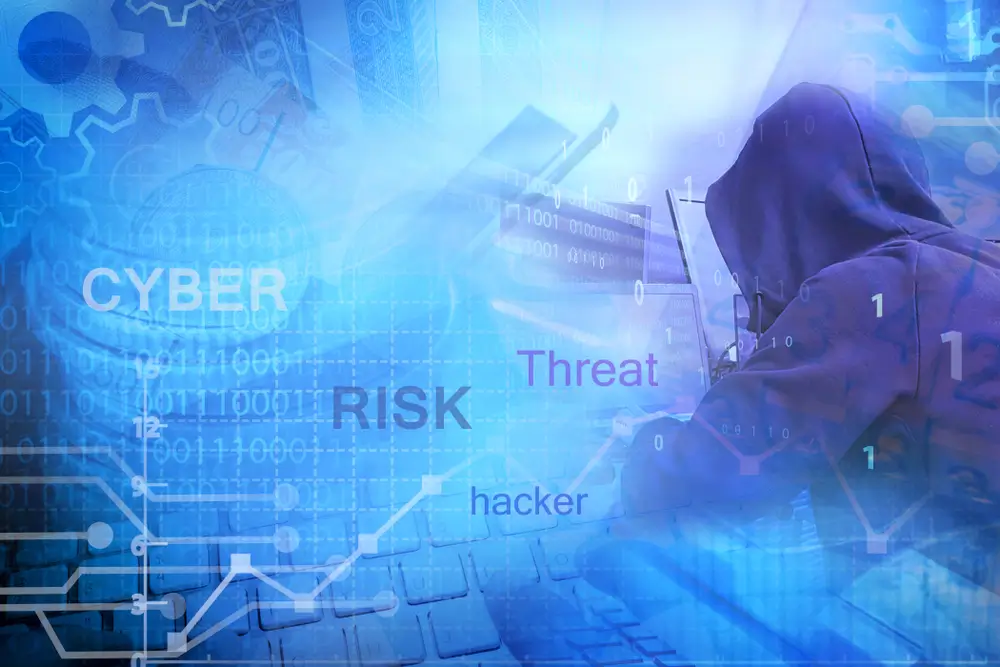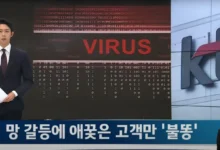Cyber Risk Management: IT Pros Vs C-Suite Insights

The study shows a cybersecurity knowledge gap between IT professionals and non-IT leaders. Effective CISO-executive communication is critical for tackling cyber threats.
Ashish Khaitan July 16, 2024

Share on LinkedInShare on Twitter
A new study by Ivanti reveals a significant gap in understanding cybersecurity risks between IT professionals and non-IT leaders within organizations. The report, titled “Aligning Perspectives: Cyber Risk Management in the C‑Suite,” underscores the critical importance of effective communication between Chief Information Security Officers (CISOs) and senior executives to mitigate cyber threats effectively.
According to the research, a staggering 55% of IT and security professionals feel that leaders outside the IT realm do not possess a comprehensive understanding of vulnerability management. This sentiment is shared by 47% of non-IT leaders themselves, highlighting a mutual recognition of the knowledge gap. Mike Riemer, Field CISO at Ivanti, emphasizes the significance of this finding: “As the threat landscape evolves, CISOs play a pivotal role in balancing productivity with security.
Key Takeaways from Aligning Perspectives: Cyber Risk Management in the C‑Suite
Despite advancements in technology, the Aligning Perspectives: Cyber Risk Management in the C‑Suite study reveals that many organizations are ill-prepared for emerging cybersecurity threats exacerbated by artificial intelligence (AI). Shockingly, nearly one-third of IT professionals admit to lacking a documented strategy to address risks associated with generative AI. This oversight highlights the urgent need for CISOs not only to secure networks but also to educate stakeholders on online threats.
The research also exposes a disparity in risk perception between IT professionals and non-IT executives. While 60% of leaders outside IT express high confidence in their organization’s ability to thwart security incidents, only 46% of IT professionals share the same level of assurance. This disconnect suggests that non-IT leaders may underestimate the complexities and potential impacts of cyber threats on their organizations.
Ivanti’s Aligning Perspectives: Cyber Risk Management in the C‑Suite report calls for enhanced collaboration and communication between CISOs and C-suite executives to bridge the understanding gap regarding cybersecurity threats. As cybersecurity continues to be a paramount concern in organizational governance, the role of CISOs in articulating the business impacts of security incidents becomes increasingly crucial.
The Impact of AI on Cybersecurity Strategy
The study further highlights a concerning statistic: despite the growing risks posed by AI-driven threats, nearly one-third of IT professionals admit to having no documented strategy to address these risks. This oversight underscores the urgent need for organizations to enhance their cybersecurity frameworks to mitigate AI-related vulnerabilities effectively.
Mike Riemer, Field CISO at Ivanti, comments on the findings: “As AI technologies advance, so do the sophistication of cyber threats. CISOs must lead efforts to integrate AI into existing security protocols while educating stakeholders on emerging risks.”
Furthermore, the report emphasizes the importance of continuous education and adaptation within cybersecurity teams to stay ahead of AI-driven threats. It suggests that CISOs play a pivotal role in not only securing networks but also in advocating for robust AI mitigation strategies across the organization.
Bridging the Gap in Cyber Risk Perception
According to the study, 55% of IT and security professionals believe that leaders outside IT lack a thorough understanding of vulnerability management. Correspondingly, 47% of non-IT leaders admit to having limited knowledge in this area. This mutual acknowledgment highlights a critical communication gap that CISOs must address to effectively manage cybersecurity risks.
The research also reveals that while 60% of non-IT leaders express confidence in their organization’s ability to prevent security incidents, only 46% of IT professionals share this sentiment. This discrepancy suggests that non-IT leaders may underestimate the complexities and potential impacts of cyber threats on their organizations.
Mike Riemer, Field CISO at Ivanti, emphasizes the role of CISOs in bridging this gap: “CISOs play a crucial role in educating senior executives about cybersecurity risks and aligning organizational strategies to mitigate these risks effectively.”
Strategies for Effective Cyber Risk Management
The research highlights the importance of vulnerability management as a cornerstone of modern cybersecurity strategy. According to the study, 55% of IT and security professionals believe that leaders outside IT do not fully grasp the complexities of vulnerability management. This underscores the critical need for CISOs to educate senior executives on the strategic implications of cybersecurity vulnerabilities.
Furthermore, the report identifies AI-driven threats as a growing concern for cybersecurity professionals. Despite the heightened risks posed by AI technologies, nearly one-third of IT professionals lack a documented strategy to address these vulnerabilities. CISOs are urged to lead efforts in integrating AI into existing security frameworks while advocating for proactive mitigation strategies.
Mike Riemer, Field CISO at Ivanti, emphasizes the proactive role of CISOs in driving cybersecurity agendas: “CISOs must quantify the business impacts of security incidents and communicate these risks effectively to senior executives.”





